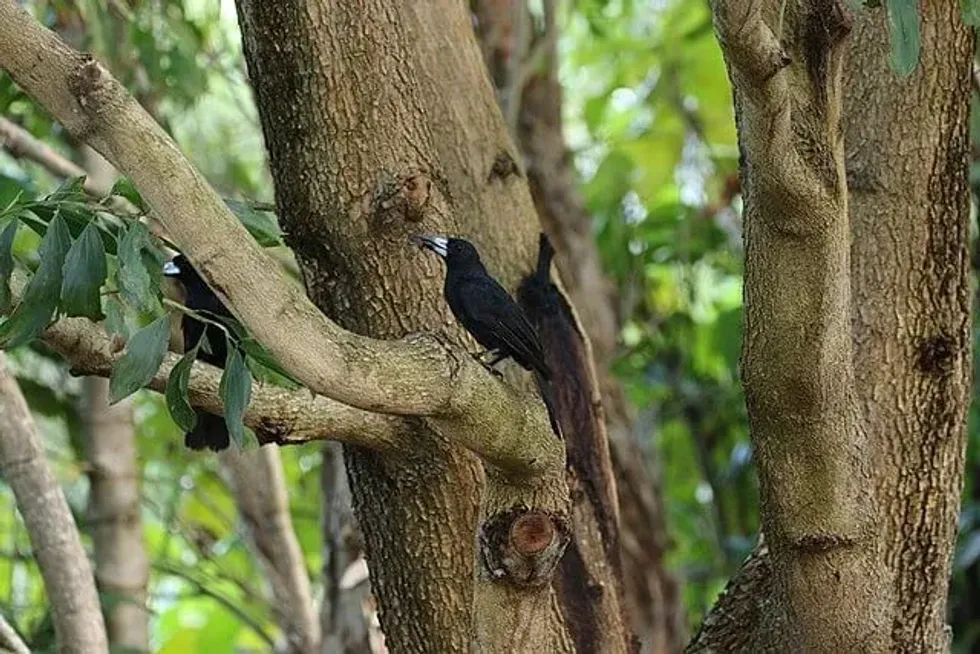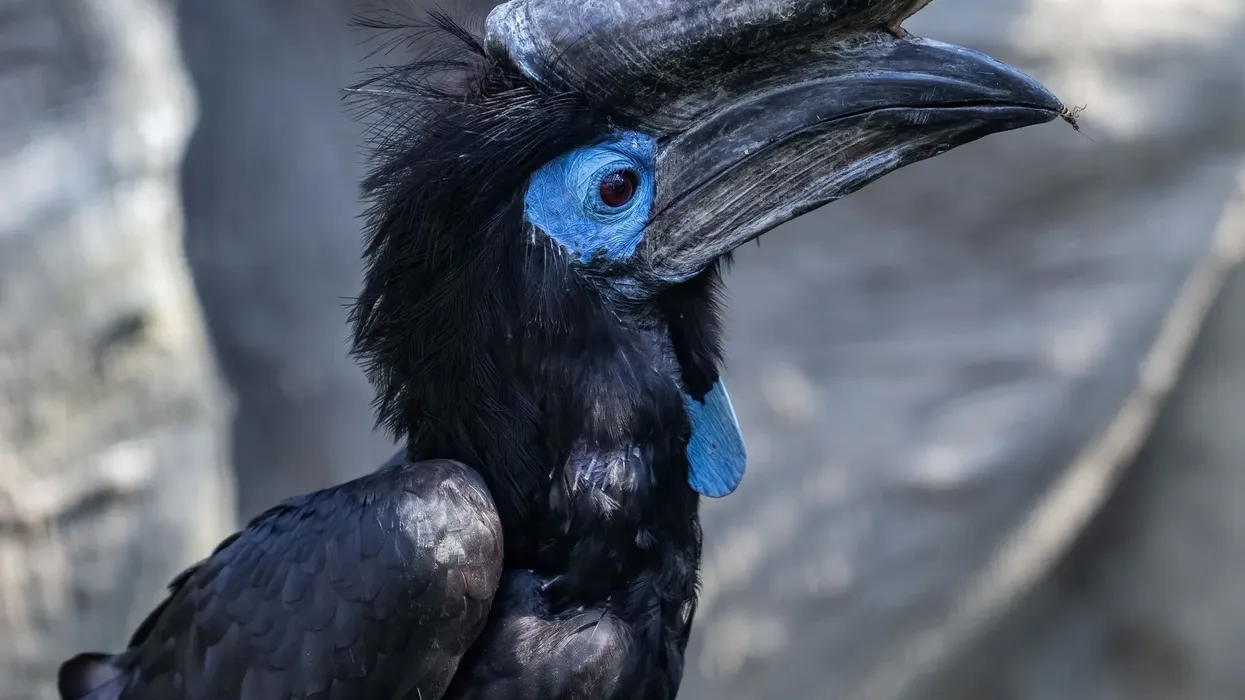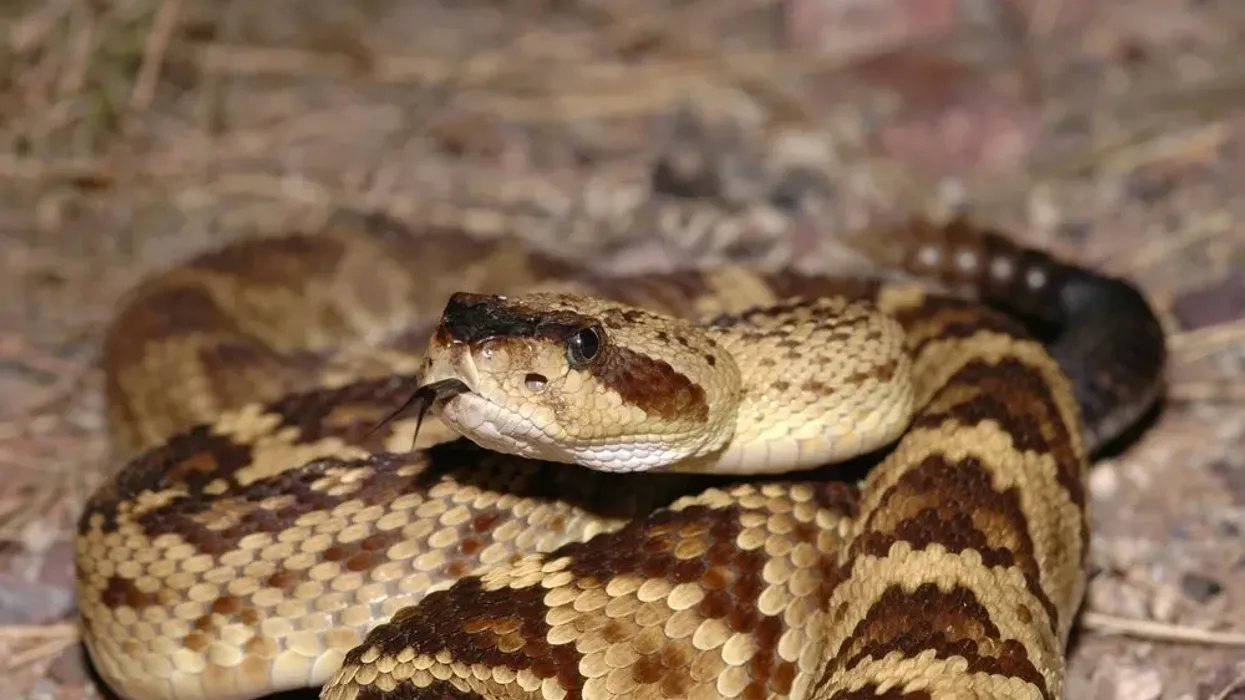There is a total of six butcherbirds subspecies including the grey butcherbird, hooded butcherbird, silver-backed butcherbird, Tagula butcherbird, black-backed butcherbird, and pied butcherbird which is brown in color. Most butcherbirds have an overall black, white, gray, or brown plumage as an adult except the pied butcherbird.
The black butcherbird is known by the scientific name Melloria quoyi and Cracticus quoyi. They belong to the Artmidae family, genus Melloria.
The black butcherbird (Cracticus quoyi) is a medium-sized bird. The black butcherbird (Cracticus quoyi) is primarily a carnivore and derives its name from similar ways of capturing prey to a butcher.
They kill prey by impaling captured prey on a tree fork, thorn, or a crevice similar to how a butcher slaughters animals.
The black butcherbird (Cracticus quoyi) is classified as a Least Concern species and is seen in Australia, Indonesia, and Papua New Guinea. The black butcherbird (Cracticus quoyi) resides in dry forests, mangroves, tropical, subtropical forests, and lowlands.
For more relatable content, check out these fact files on German nun pigeon and pigeon guillemot.
Black Butcherbird Interesting Facts
What type of animal is a black butcherbird?
The black butcherbird (Cracticus quoyi) is a bird that belongs to the kingdom Animalia, order Passeriformes, and family Artmidae.
What class of animal does a black butcherbird belong to?
The black butcherbird (Cracticus quoyi) is a type of bird that belongs to class Aves, Artmidae family, genus Melloria.
How many black butcherbirds are there in the world?
The exact population of black butcherbirds (Cracticus quoyi) is not known. Their populations are considered stable and are classified as Least Concern by the IUCN. They are seen in Australia, Indonesia, and Papua New Guinea.
Where does a black butcherbird live?
Black butcherbirds (Cracticus quoyi) live in dry forests, mangroves, tropical and subtropical forests, rainforests, and lowlands. Melloria quoyi birds are found in Australia, Indonesia, and Papua New Guinea range.
What is a black butcherbird's habitat?
A black butcherbird's habitats range in dry forests, mangroves, tropical and subtropical forests, rainforest, and lowlands. Black butcherbirds (Cracticus quoyi) are largely sedentary and not migratory like other bird species.
Who does a black butcherbird live with?
Black butcherbirds (Cracticus quoyi) live in pairs and occupy permanent territories. They might seem innocent, however, they are similar to ravens which are carnivorous birds. A black butcherbird (Cracticus quoyi) can be seen in gardens as well as in backyards.
How long does a black butcherbird live?
The black butcherbird (Cracticus quoyi) exact lifespan is not evaluated. The oldest butcherbird was a grey butcherbird that lived for more than 19 years.
How do they reproduce?
Adult black butcherbird (Cracticus quoyi) breeding occurs from July to January. Little information is known about adult courtship rituals during the breeding season. Adult black butcherbirds (Cracticus quoyi) build nests using twigs lined with grass. Adult females lay about three to five eggs after 25 days.
Adult Melloria quoyi birds may breed multiple times throughout their life. The juvenile chicks leave the nest in a few weeks after they are ready to fledge. Both adult males and females are equally involved in raising the young.
What is their conservation status?
The black butcherbird (Cracticus quoyi or Melloria quoyi) is classified as a Least Concern species by the International Union For Conservation Of Nature (IUCN).
Black Butcherbird Fun Facts
What do black butcherbirds look like?
The black butcherbird (Cracticus quoyi) is a medium-sized bird that has an overall black plumage. They are distinguished from other butcherbirds owing to their hooked bill which is black-tipped gray.
Juveniles are rufous-brown and small in size. Adults have dark-colored eyes on their faces and two dark-colored feet. The black-throated butcherbird (Cracticus quoyi) is similar in appearance to crows and other dark-colored birds.
How cute are they?
The black butcherbird (Cracticus quoyi) is a common species of bird. They might be confused with other common dark bird species, however, this beautiful black butcherbird (Cracticus quoyi) is a clever being.
How do they communicate?
Black butcherbirds (Melloria quoyi) communicate via a song or call which is produced through their bill. Their bill is dark-colored with a hooked tip.
Pied butcherbirds, a subspecies, are known to mimic song or sounds similar to the phone ringing, song playing, and car alarms. The pied butcher makes a musical song, however their song is not as melodious as other birds.
How big is a black butcherbird?
The black butcherbird (Cracticus quoyi) is 15-17.3 in (38-44 cm), which is six times bigger than the European starling species, measuring 8.7 in (220 mm).
How fast can a black butcherbird fly?
A black butcherbird's exact flying speed is not recorded. A juvenile black butcherbird (Cracticus quoyi) is usually born blind and without feathers. They begin to fledge in a few weeks.
How much does a black butcherbird weigh?
The black butcherbird (Cracticus quoyi) weighs 0.3-0.5 lb (125-220 g). The weight of this bird species depends on their diet and habitat.
What are the male and female names of the species?
Male and female butcherbirds are not addressed differently. The female butcher bird species has a similar black color to the male bird. Males and females birds differ in reproductive functions.
What would you call a baby black butcherbird?
A baby black butcherbird (Cracticus quoyi) is called a chick or a nestling when they are born and live in their nest. Juvenile birds are completely dependent on their parents in the first few weeks. The juvenile is brown in color.
What do they eat?
These Australian birds are carnivorous, meaning they consume meat-based food. They primarily feed on lizards, flatworms, and other large or small vertebrates. These birds usually kill prey by stabbing it onto a tree fork, thorn, or a crevice and leave it there until it is ready to consume. They feed juvenile birds a similar diet once they hatch.
Are they dangerous?
This black and white Australian bird is known to be aggressive and also visits gardens and backyards. They may attack humans in some instances if they are threatened and are clever beings.
They are not the only birds who attack. Butcherbirds might attack caged birds if they are kept outside not for any reason other than to find possible meat. They can be kept away as long as there is nothing for them to find.
Would they make a good pet?
No, there are no records of this bird as pet. They are predatory birds of the world and not afraid of attacking possible food they find. If you wish to adopt a bird species, you could consider other bird species like parrots or parakeets.
Did you know...
Oology is a branch of study that studies original bird eggs and their nests along with their breeding patterns. Oology is also referred to as a hobby of collecting original wild birds. However, it needs to be done adhering to the restrictions since some practices in oology are illegal in many parts of the world.
If you wish to see butcherbirds, you can visit Cairns Botanical Garden, Australia. Black butcherbirds are the largest in Australia.
What is the difference between a magpie and a butcherbird?
Butcherbird songbirds are closely associated with the Australian magpie. However, they are different birds. They both have different bills if you compare them. If you are not able to find them in your region, you could look up photos to see the difference.
Butcherbirds have hooked bills while magpies have more pointed bills. Butcherbirds usually have dark-colored eyes, while magpies have brown to dark-colored eyes. They also differ in their feeding techniques. Magpies don't kill their prey in the same way butcherbirds do.
Are butcherbirds smart?
Butcherbirds are smart and clever birds of the world. They hang prey on a thorn or a fork of a tree to kill their meat completely before consuming them.
Such a skill is only use by this bird species in the world, making them distinct birds with exceptional skills. They are fearless birds and move freely without being restricted to their natural habitat.
Here at Kidadl, we have carefully created lots of interesting family-friendly animal facts for everyone to discover! For more relatable content, check out these Hawaiian hawk facts and saker falcon facts for kids.
You can even occupy yourself at home by coloring in one of our free printable black butcherbird coloring pages.









